Newsdeck
Divers recover two bodies from harbor after Baltimore bridge collapse
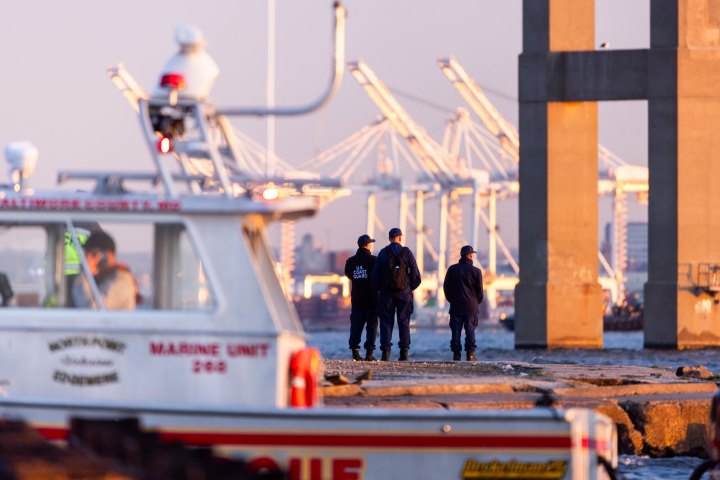
Divers on Wednesday recovered the remains of two of the six workers missing since they were tossed into Baltimore Harbor from a highway bridge that collapsed into shipping lanes when a faltering cargo freighter rammed into the structure, officials said on Wednesday.
By Gabriella Borter
The bodies were pulled from the mouth of the Patapsco River a day after the massive container ship lost power and its ability to maneuver before plowing into a support pylon of the Francis Scott Key Bridge, knocking most it into the water below.
Maryland State Police Colonel Roland Butler said a red pickup truck containing the bodies of the two men was found in about 25 feet (7.62 m) of water near the mid-section of the fallen bridge.
He also said that authorities had suspended efforts to locate and retrieve more bodies from the depths because of increasingly treacherous conditions in the wreckage-strewn river. Butler said sonar images showed additional submerged vehicles “encased” in fallen bridge debris and superstructure, making them difficult to reach.
The two men whose bodies were recovered on Wednesday were identified as Alejandro Hernandez Fuentes, 35, of Baltimore, a native of Mexico, and Dorlian Ronial Castillo Cabrera, 26, of nearby Dundalk, originally from Guatemala.
Four more workers who were part of a crew filling potholes on the bridge’s road surface remained missing and presumed dead. The six workers also included immigrants from Honduras and El Salvador, officials said.
Rescuers pulled two workers from the water alive on Tuesday, and one was hospitalized.
INTERVIEWING SURVIVORS
The collapse of the bridge, a major highway artery across the harbor, forced an indefinite closure of the Port of Baltimore, one of the busiest on the U.S. Eastern Seaboard, handling more automobile and farm equipment freight than any other in the country.
Earlier on Wednesday a team of federal investigators boarded the idled freighter, still anchored in the harbor channel with part of the mangled bridge splayed over its bow, to begin interviewing the ship’s 22 crew members, who remained aboard the vessel.
In their first on-board visit to the ship late on Tuesday night, National Transportation Safety Board (NTSB) personnel recovered a key piece of evidence they hope will help piece together a precise timeline of the accident – the vessel’s “black box” data recorder.
New details emerged on Wednesday of the intense efforts to save lives in the minutes before the steel bridge collapsed, from recordings of radio chatter by authorities after they were alerted that the cargo ship Dali was drifting out of control toward Key Bridge.
“Hold all traffic on the Key Bridge. There’s a ship approaching that just lost their steering,” someone is heard saying over a police radio minutes before the 1:30 a.m. crash on Tuesday.
While voices were heard discussing next steps, including alerting any work crews to leave the bridge, one broke through to say: “The whole bridge just fell down!” The audio was carried by Broadcastify, an open-source audio streaming service.
The recording offered a glimpse of how authorities scrambled before the crash sent the six bridge-repair workers on the night shift to their deaths in the frigid harbor waters.
The Singapore-flagged Dali, a container ship the length of three football fields, had reported a loss of power before impact and dropped anchor to slow the vessel, giving authorities barely enough time to halt road traffic on the bridge and likely preventing greater loss of life.
In addition to halting port operations, the bridge collapse created a traffic quagmire for Baltimore and the densely populated surrounding region.
The accident could cost insurers billions of dollars in claims, analysts said, with one putting the cost as high as $4 billion, which would make the tragedy a record shipping insurance loss.
NTSB Chair Jennifer Homendy said her team had also begun interviewing survivors and emergency responders.
FOCUS ON OPENING PORT, CAUSE OF CRASH
The U.S. Coast Guard priorities were to restore the waterway for shipping, stabilize the vessel and extricate it, Vice Admiral Peter Gautier said at a White House news briefing. He said the ruins of the bridge needed to be cleared from the vessel before it could be moved.
The wreck raised questions about the ship’s previous operations, but Gautier said the vessel had a “fairly good safety record.”
Of the ship’s 4,700 cargo containers, 56 hold hazardous materials but there is no threat to the public, he said. Two containers went overboard during the crash but they did not contain hazardous materials. The ship was carrying more than 1.5 million gallons of fuel oil, Gautier added.
Documenting the accident will involve photographing the ship and the 47-year-old bridge and collecting electronic logs. The NTSB will also examine whether contaminated fuel played a role in the ship’s power loss, Homendy said.
The Port of Baltimore handles more automobile freight than any other U.S. port – more than 750,000 vehicles in 2022, according to port data, as well as container and bulk cargo ranging from sugar to coal.
Still, economists and logistics experts doubted the port closure would unleash a major U.S. supply chain crisis or major spike in the price of goods, due to ample capacity at rival shipping hubs along the Eastern Seaboard.
(Reporting by Gabriella Borter in Baltimore; Additional reporting by Rami Ayyub, Nandita Bose, Doina Chiacu, Ted Hesson, Katharine Jackson, Mike Segar, David Shephardson; Writing by Steve Gorman and Doina Chiacu; Editing by Howard Goller and Josie Kao)



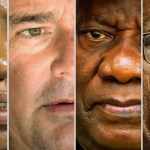

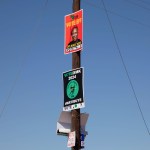

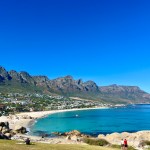



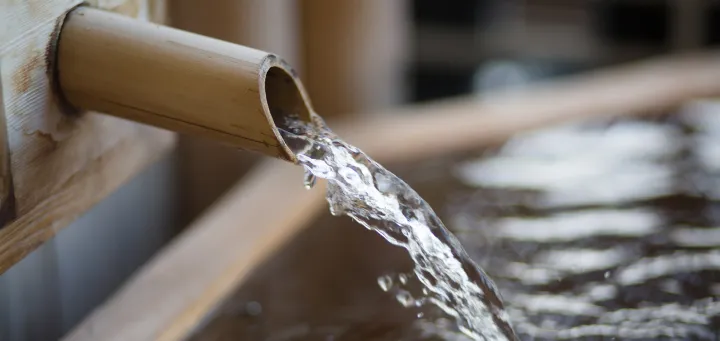

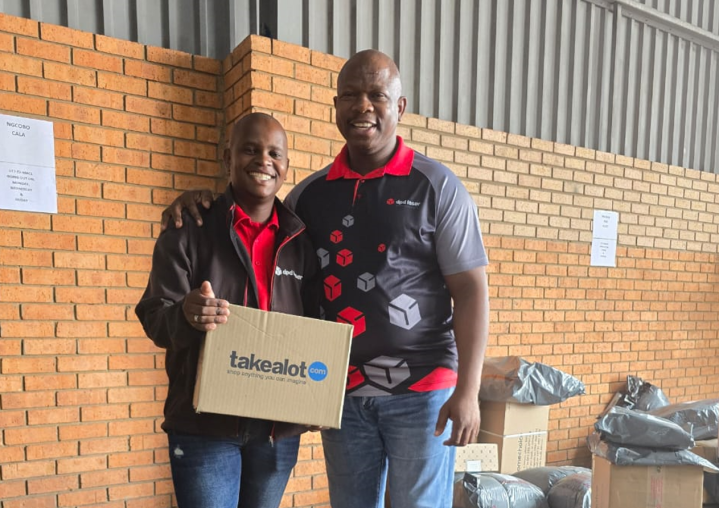

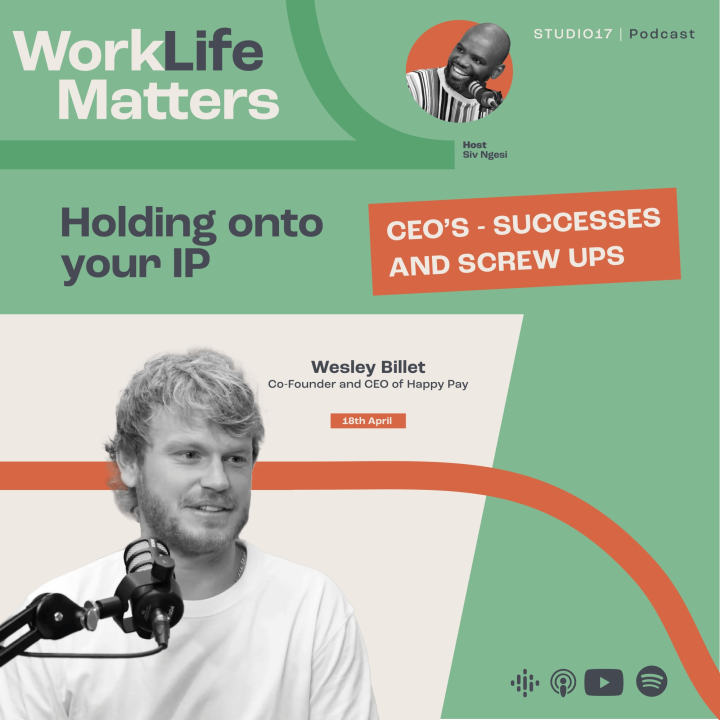



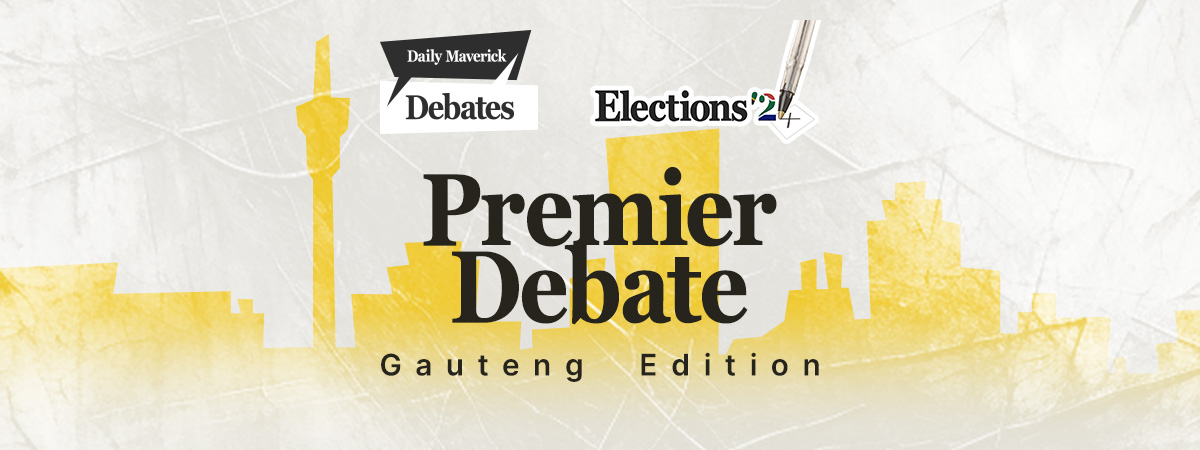

 Become an Insider
Become an Insider
Comments - Please login in order to comment.